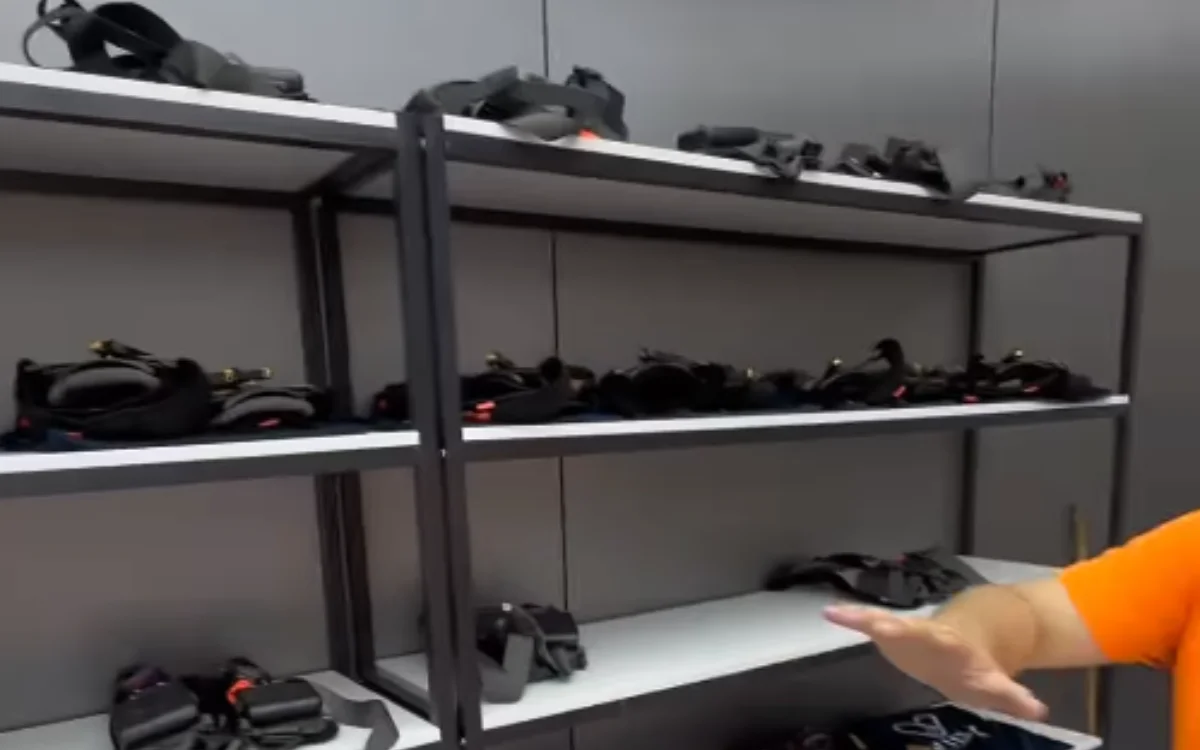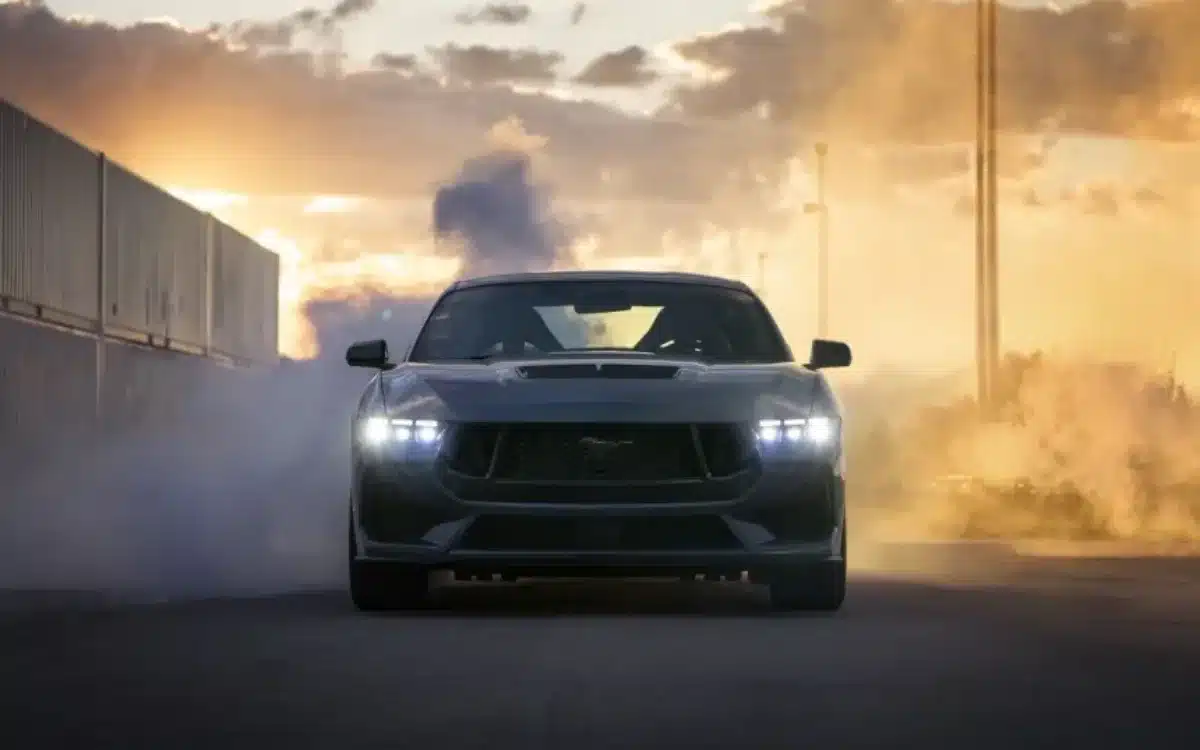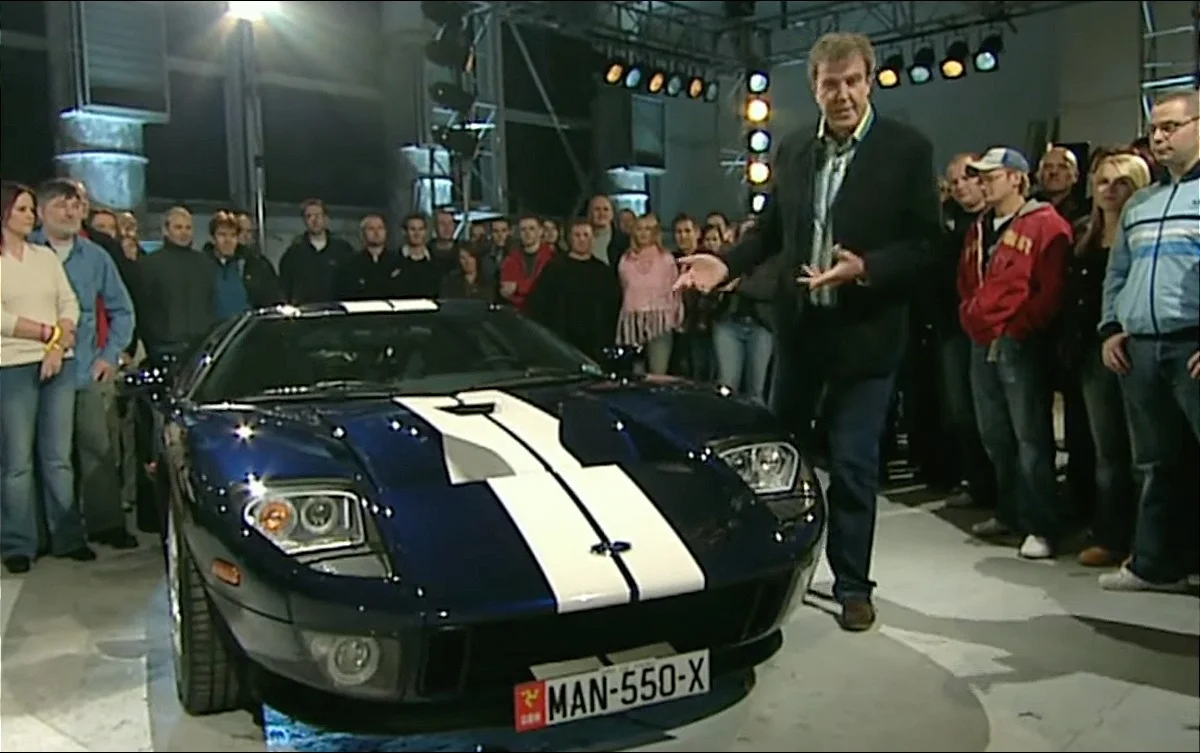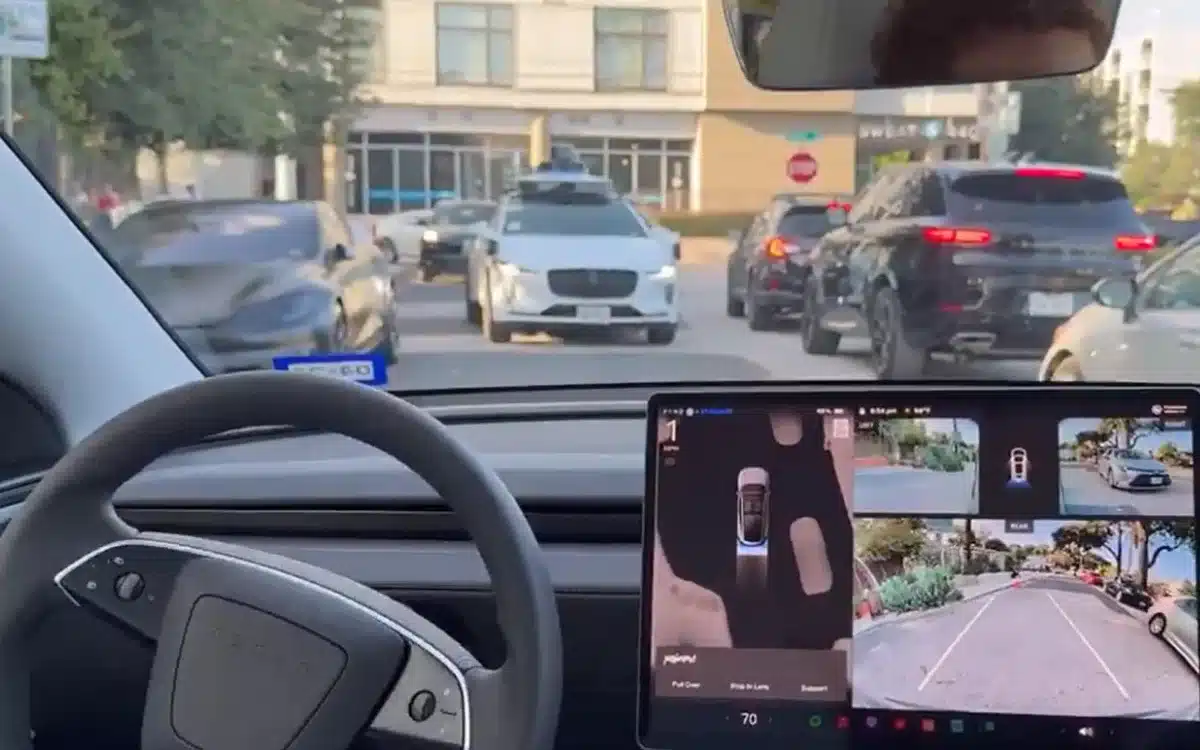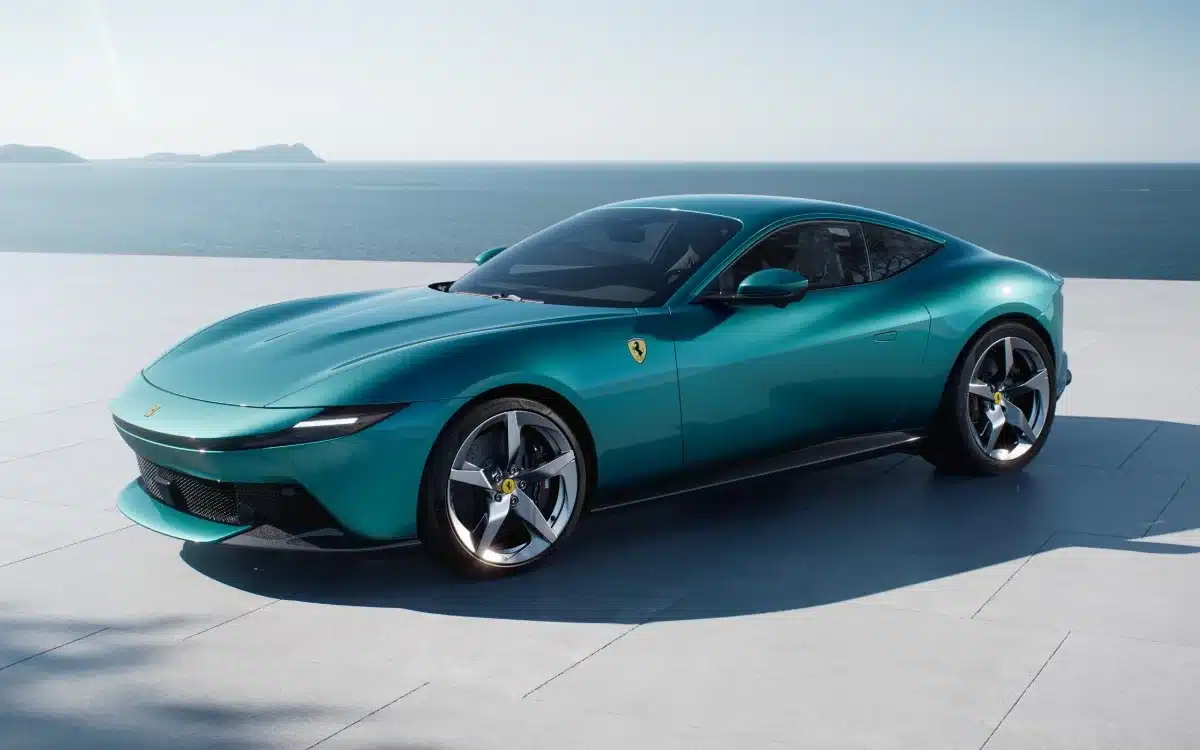Stellantis was about to start making hydrogen vans but then pulled the plug to focus on EVs and hybrids
The move comes months before hydrogen van production was set to begin The post Stellantis was about to start making hydrogen vans but then pulled the plug to focus on EVs and hybrids appeared first on Supercar Blondie.
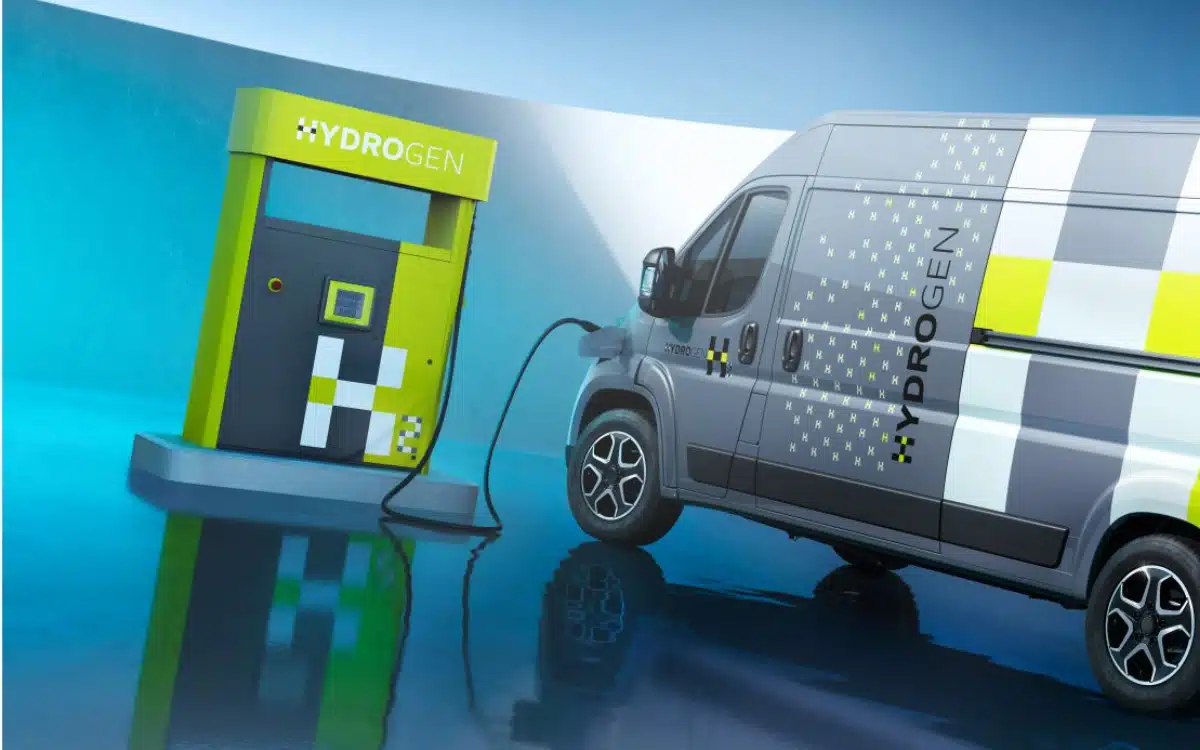
Stellantis was gearing up to produce hydrogen vans this year, but in a sudden change of direction, the company has scrapped its plans.
The move comes just months before medium-sized hydrogen van production was set to begin in France, with larger models scheduled for Poland.
Despite the U-turn, Stellantis says jobs at its factories won’t be affected.
Instead, it will redirect its focus (and its R&D budget) towards electric and hybrid vehicles.
VISIT SBX CARS – View live supercar auctions powered by Supercar Blondie
Why Stellantis is shifting focus to EVs and hybrids
In a statement, Stellantis said it no longer sees hydrogen as a viable option for light commercial vehicles before the end of the decade.
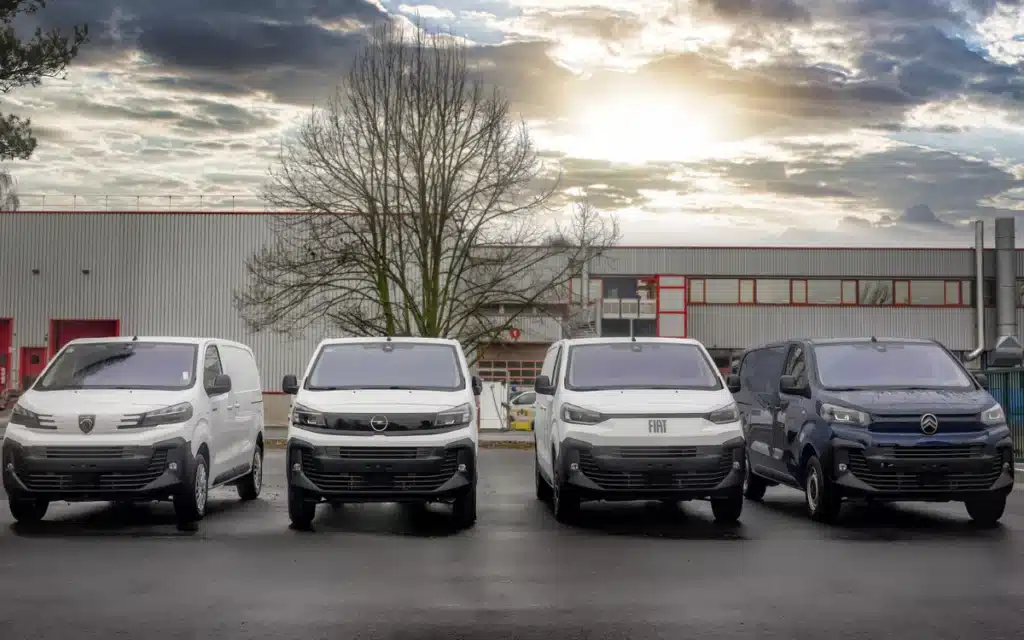
The company cited tough CO2 regulations in Europe and the need to make ‘clear and responsible choices’ to stay competitive.
Jean-Philippe Imparato, the company’s Chief Operating Officer for Europe, called hydrogen a ‘niche segment’ that currently lacks the infrastructure and affordability needed for wider adoption.
In short, Stellantis is shifting its focus to where it sees the most immediate returns: battery-electric and hybrid powertrains.
The now-cancelled hydrogen programme had aimed to give Stellantis a first-mover advantage in clean commercial mobility.
Several of its well-known brands, like Peugeot, Citroën, Opel, Vauxhall, FIAT Professional, and Ram were all due to benefit.
In fact, pricing had already been released for the UK version of the hydrogen-powered Vauxhall Movano.
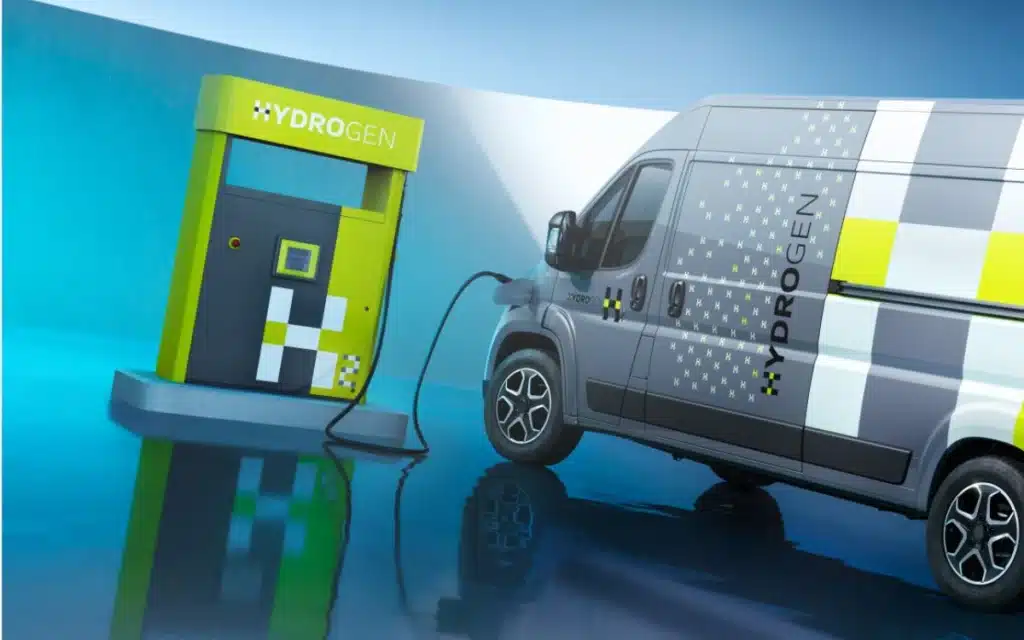
It was set to cost just over £70,000 ($94,000) and promised an impressive range of 311 miles with a refuelling time of only five minutes.
But while the specs were promising, the business case wasn’t strong enough.
Hydrogen vans are still too expensive
One of the biggest barriers remains infrastructure.
Hydrogen refuelling stations are still few and far between across Europe, making it difficult for fleet operators to rely on the technology.
The situation is similar in the US, where hydrogen cars haven’t taken off due to the lack of fueling stations outside of California.
It’s also quite expensive to fully refill a hydrogen car, especially if you don’t live in a specific district in Washington, where hydrogen pump prices are somehow nine times cheaper than in California.
Stellantis also noted that without better government incentives, hydrogen vehicles would remain too expensive for most buyers.
This decision doesn’t mean the end of hydrogen technology altogether; after all, hydrogen cars are still the cleanest cars you can drive.
However, Stellantis won’t be pushing for hydrogen vans anytime soon.
The company is doubling down on electric and hybrid models, aiming to meet emissions targets and customer demand in the short to mid-term.
While hydrogen may still have a future in transport, for now, the road ahead for Stellantis is electric.
Click the star icon next to supercarblondie.com in Google Search to stay ahead of the curve on the latest and greatest supercars, hypercars, and ground-breaking technology.
The post Stellantis was about to start making hydrogen vans but then pulled the plug to focus on EVs and hybrids appeared first on Supercar Blondie.
What's Your Reaction?











